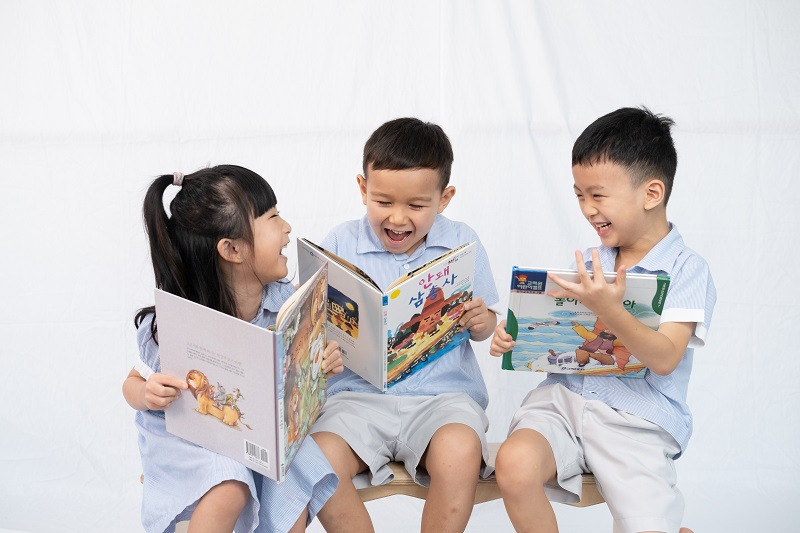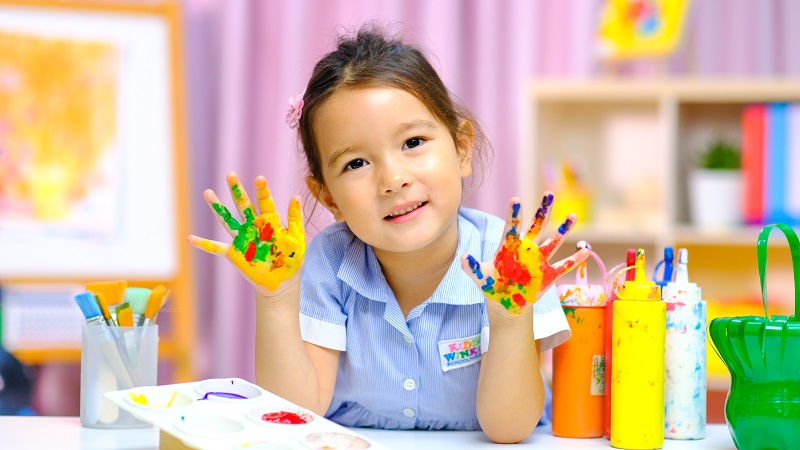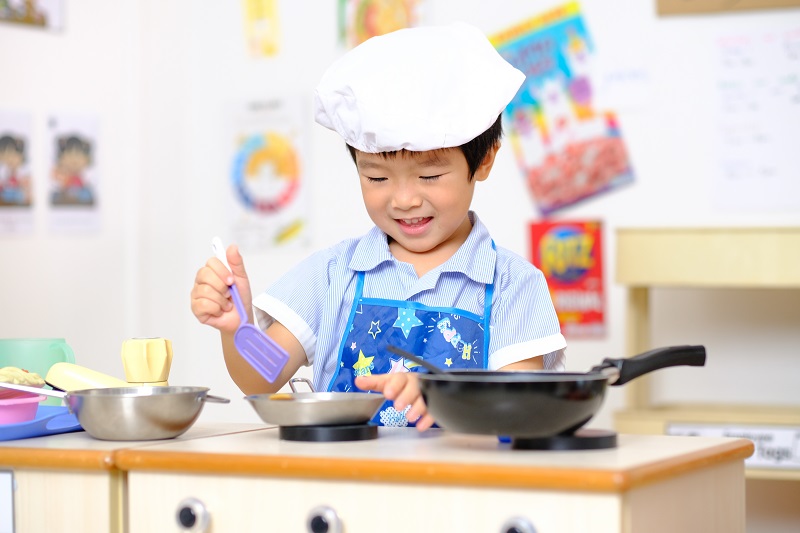
Have you ever wondered why various preschools offer different types of curriculum?
Just like adults, children benefit from different kinds of learning and may gravitate more to a certain style over another.
Parents often also have strong preferences for a particular approach. It is important that the preschool of your choice has a philosophy and curriculum that aligns with your ideal education style.
Some preschools also offer a mix of approaches to provide a blend that works best for their students.
What are the various kinds of preschool curriculum you can find in Singapore?
1. Nurturing Early Learners
The NEL Framework articulates MOE's belief and principles on how children learn and develop, and what constitutes quality preschool education.
It guides childcare centres and preschools in Singapore in designing and implementing quality kindergarten curriculum for children aged four to six years of age.
Most preschools in Singapore, such as Kiddiwinkie Schoolhouse, have mapped their core programmes according to the NEL Framework to develop language, literacy, numeracy and other learning areas to their fullest potential and for a holistic learning experience.
2. Montessori
The Montessori curriculum grew in popularity as parents identified strongly with its focus on self-directed activity, hands-on learning and collaborative play.
It promotes social development through respectful, clear communication, and makes use of a large variety of natural materials for sensory perception.
Many playgroups in Singapore incorporate some parts of the Montessori approach in their curricula.
3. Reggio Emilia
In the Reggio Emilia approach, the teacher is considered a co-learner and collaborator with the children rather than an instructor.
The physical environment plays a significant part; Reggio Emilia classrooms, also known as ateliers, are typically very open and are flooded with natural light, and lessons are built around the child’s curiosity and spontaneity.
The focus on natural materials means that ateliers are often filled with various textures and media to arouse children’s in-built curiosity.
4. Mandarin-focused
Mandarin immersion preschools are designed to nurture an abiding love for the Chinese language in each child and offer a holistic learning experience where children actively use Mandarin in their everyday lives.
Through routine exposure to Mandarin, children become very comfortable and fluent in the language.
Focused on a balanced approach, Kiddiwinkie Schoolhouse offers a Chinese Cultural Immersion Programme (文化之窗) that aims to develop a love of learning Chinese through a vivid exploration of Chinese culture.
5. Theory of Multiple Intelligences
The Theory of Multiple Intelligences suggests that there are at least eight kinds of intelligence in order to capture the full range of abilities and talents that people variously possess.
TMI schools believe strongly in nurturing all forms of intelligence in order to fully lay the foundation for fulfilling children’s potential.

6. Play-based
Children learn quickly and effectively through hands-on activities. With play-based curricula, preschools encourage their students to learn and discover through both indoor and outdoor play.
These child-directed play-based programmes widen children’s imaginations and creative thinking skills, as well as their logical thinking and exposure to the natural world.
Kiddiwinkie Schoolhouse preschools place great importance on play and exploration, tapping on purposeful play during the early years to lay a good foundation for inquiry-based learning later in the preschool years.

7. Art-based
Preschools that employ art-based curricula seek to integrate academics with visual and performing arts. Using arts as a springboard, these preschools broaden students’ horizons and encourage them to explore their creative selves.
Process-focused art teaches that the process is more important than the result and makes learning a truly joyful experience.
At Kiddiwinkie Schoolhouse, children get to enjoy Artsy Fingers, a fun, hands-on enrichment programme that introduces them to famous artists and their signature styles and concepts.
8. HighScope Curriculum
In a HighScope preschool programme, teachers seek to ignite an interest in learning by creating environments that encourage exploration of materials and interaction with adults and peers.
HighScope teachers act as partners to help scaffold play and use encouragement instead of praise to build up each child’s self-esteem.
9. Whole Brain Learning
Whole Brain learning is built upon the concept that learners use both parts of the brain rather than just the left or right. It is a hyper-focused, high-energy method that involves the usage of gamification and constant engagement to minimise inattentiveness and maximise motivation.
This teaching style can be highly entertaining for children and keeps them interested throughout the school day.
10. Waldorf Steiner
The Waldorf Steiner educational approach seeks to develop intellectual, artistic and practical skills in an integrated and holistic manner. It is centred on experiential education, allowing children to learn by example, and is built upon a regular daily routine.
Waldorf Steiner emphasizes the natural and spiritual world, and encourages children to connect by cultivating their emotions and imaginations.
Deciding on a Preschool Curriculum for Your Child

What are your thoughts when it comes to your child’s education journey?
Figuring out what you want from a curriculum will go a long way to helping you decide which preschool, childcare or playgroup in Singapore is best for your child.
You can also get better clarity on the programmes and lessons conducted, as well as the daily routine, by speaking to the teachers and principals during your visit to the preschool centre of your choice.
Book a tour at our Kiddiwinkie Schoolhouse centres and find out how our curriculum seeks to nurture and develop children in their precious early years.
Follow us on social media to stay updated on our latest updates and happenings:
Facebook | Instagram





